Anthropomorphized characters are both incredibly popular and prevalent in Japan, as you’re probably already very aware. From battleships to Japanese companies and municipalities, there’s seemingly nothing that can’t be made human–and probably cute as well! And, perhaps as a challenge to what we assume must be Rule 38 of the Internet–anything can be anthropomorphized and if it hasn’t been anthropomorphized yet, someone will do it–one Japanese Internet user took to 2Chan to request, simply enough, “Images of anthropomorphization, please.”
And the Internet gave him exactly what he wanted, with everything from Lipton Ice tea and Doraemon in sexy/creepy human form to an anthropomorphized version of Monday itself. Click below to see what was on display! (Note: Not all of these images are entirely safe for work.)
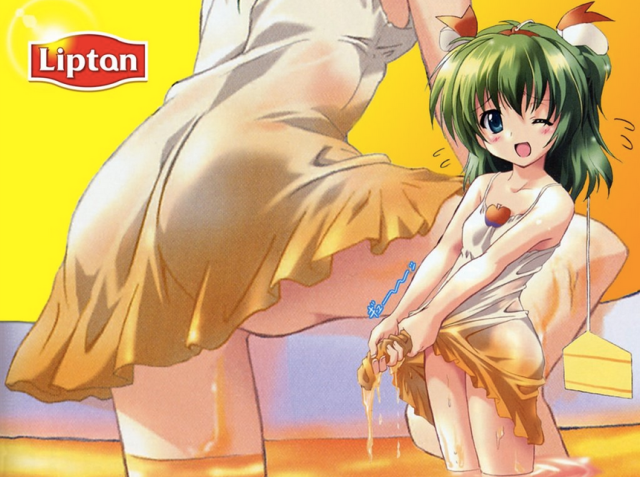


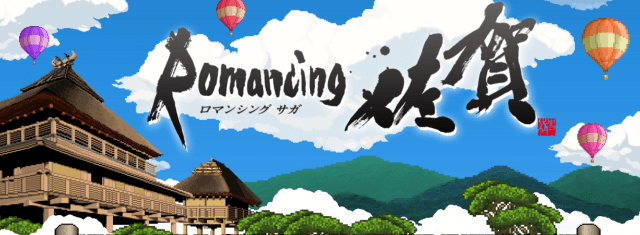
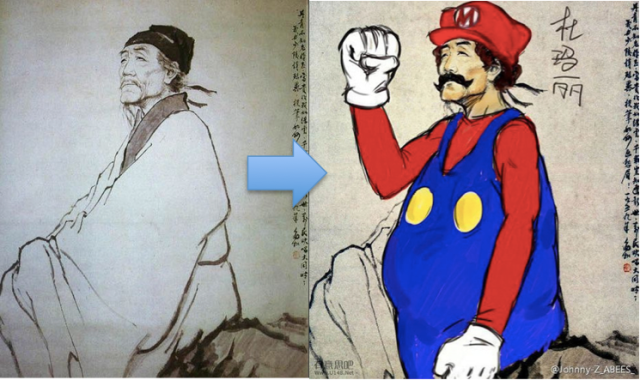
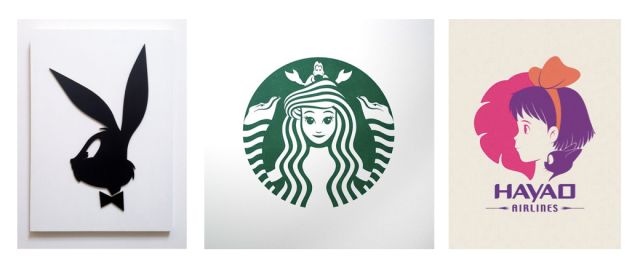
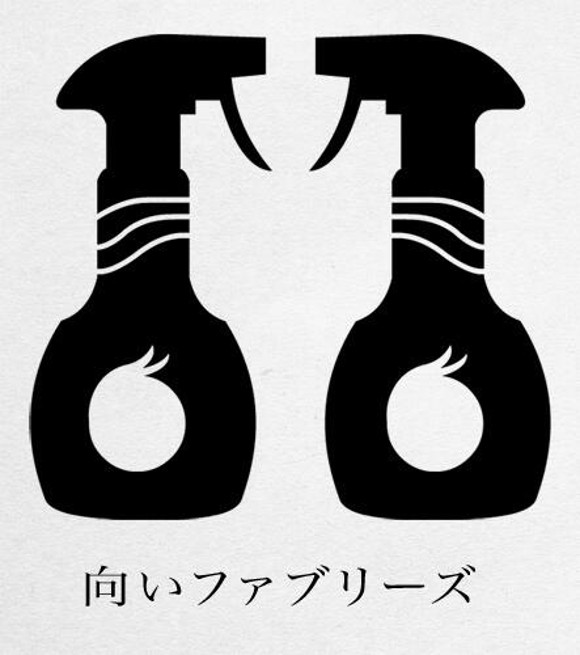
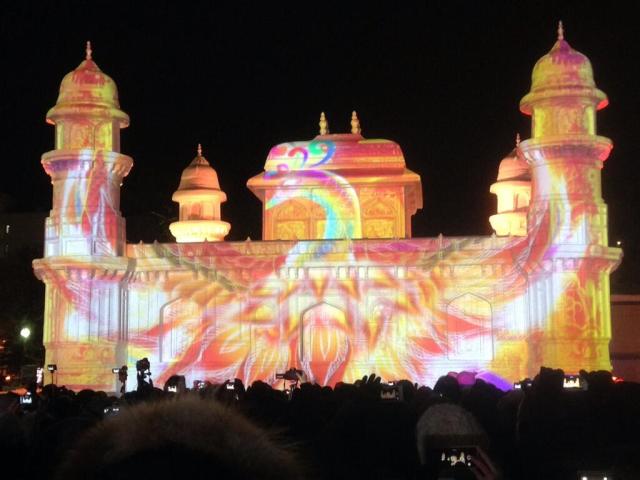
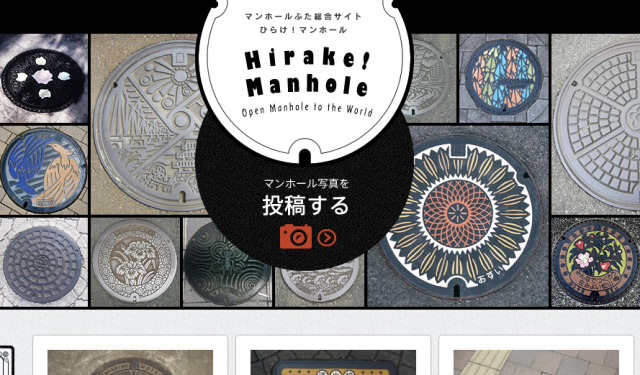

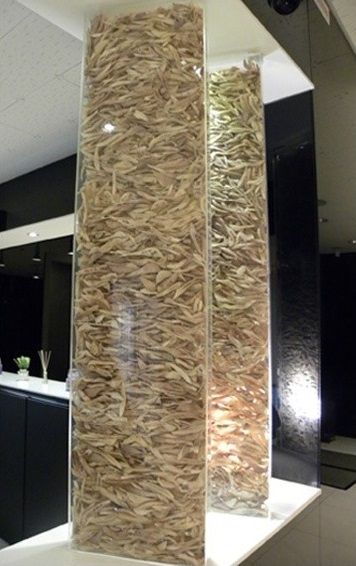
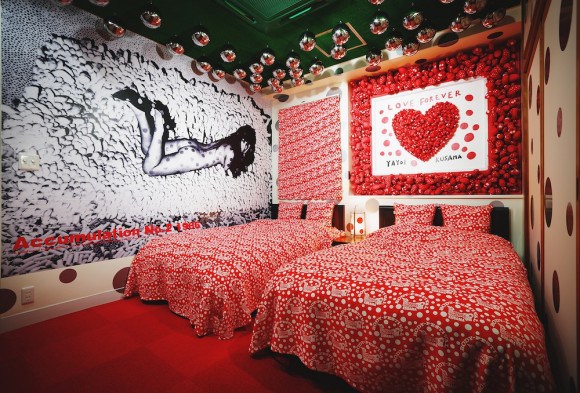
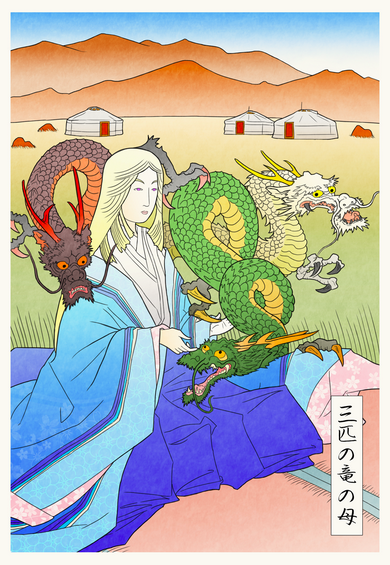

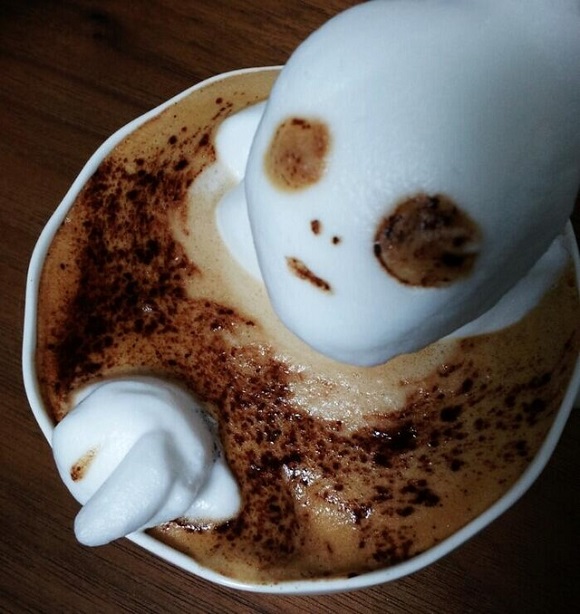
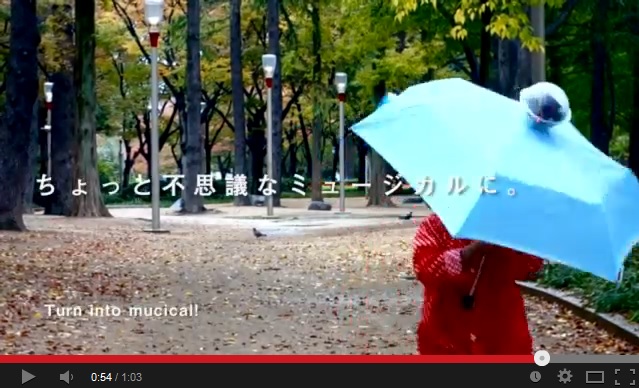


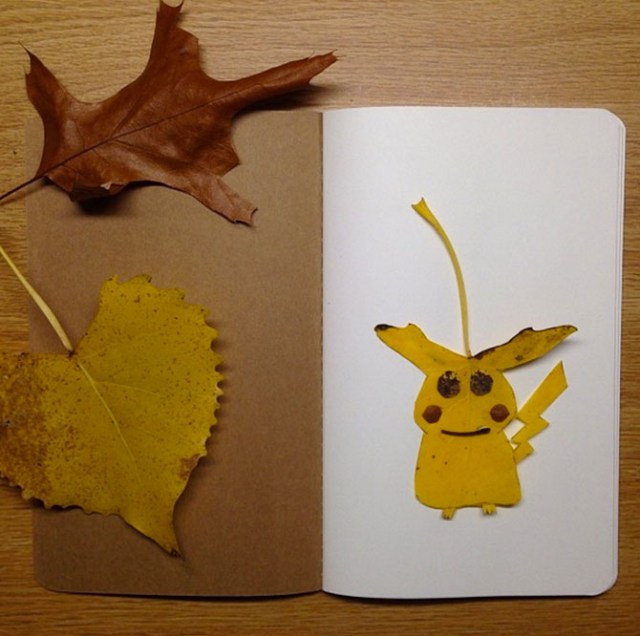
 Tokyo governor wants to start study abroad grant system, includes monthly activity allowance
Tokyo governor wants to start study abroad grant system, includes monthly activity allowance The My Melody ♡ Kuromi Anniversary Party is in full kawaii swing at the Ikebukuro Parco store
The My Melody ♡ Kuromi Anniversary Party is in full kawaii swing at the Ikebukuro Parco store Super-detailed cherry blossom forecast maps for 2025 show warm winter doesn’t mean early sakura
Super-detailed cherry blossom forecast maps for 2025 show warm winter doesn’t mean early sakura Our writer of Korean descent weighs in on using Korean names in Japan
Our writer of Korean descent weighs in on using Korean names in Japan “I overdid it.” – Man in Japan fired after ditching work 633 times to go to the gym
“I overdid it.” – Man in Japan fired after ditching work 633 times to go to the gym Japan’s wildest Seijinshiki Coming-of-Age ceremony celebrates new adults in Kitakyushu 【Photos】
Japan’s wildest Seijinshiki Coming-of-Age ceremony celebrates new adults in Kitakyushu 【Photos】 Godiva’s Tokyo bakery is FINALLY easy to get into and shop at
Godiva’s Tokyo bakery is FINALLY easy to get into and shop at These nine Kyoto restaurants are the newest to receive Michelin guide recommendations
These nine Kyoto restaurants are the newest to receive Michelin guide recommendations Senkoji: The Japanese temple that’s more like a theme park to heaven and hell
Senkoji: The Japanese temple that’s more like a theme park to heaven and hell What’s in the KFC Japan fukubukuro lucky bag?
What’s in the KFC Japan fukubukuro lucky bag? Japan’s deadliest food claims more victims, but why do people keep eating it for New Year’s?
Japan’s deadliest food claims more victims, but why do people keep eating it for New Year’s? Anime Industry Report shows overseas anime market is bigger than Japanese one, but is this a cultural tipping point?
Anime Industry Report shows overseas anime market is bigger than Japanese one, but is this a cultural tipping point? Starbucks Japan reveals new Valentine’s Day goods for 2025
Starbucks Japan reveals new Valentine’s Day goods for 2025 Starbucks unveils new Valentine’s Day Frappuccino in Japan
Starbucks unveils new Valentine’s Day Frappuccino in Japan The etiquette rules for visiting Shinto shrines in Japan
The etiquette rules for visiting Shinto shrines in Japan The top 10 annoying foreign tourist behaviors on trains, as chosen by Japanese people【Survey】
The top 10 annoying foreign tourist behaviors on trains, as chosen by Japanese people【Survey】 Overseas Uber driver and anime fan gets the Cowboy Bebop surprise of a lifetime【Video】
Overseas Uber driver and anime fan gets the Cowboy Bebop surprise of a lifetime【Video】 Nintendo and Godiva team up for fancy fun chocolate line【Photos】
Nintendo and Godiva team up for fancy fun chocolate line【Photos】 Starbucks Japan saves the best for last in our fukubukuro lucky bag haul
Starbucks Japan saves the best for last in our fukubukuro lucky bag haul Bear breaks into house in Japan, quickly begins spending winter exactly like Japanese people do
Bear breaks into house in Japan, quickly begins spending winter exactly like Japanese people do Hayao Miyazaki says Happy New Year to Studio Ghibli fans with new art for Year of the Snake
Hayao Miyazaki says Happy New Year to Studio Ghibli fans with new art for Year of the Snake This downtown Tokyo cafe is like a time machine that takes you back 50 years into the past
This downtown Tokyo cafe is like a time machine that takes you back 50 years into the past McDonald’s Japan has a fukubukuro lucky bag that everyone wants to get their hands on
McDonald’s Japan has a fukubukuro lucky bag that everyone wants to get their hands on What’s in Starbucks Japan’s fukubukuro lucky bag for 2025?
What’s in Starbucks Japan’s fukubukuro lucky bag for 2025? Japanese company develops classy heavy metal band frames for glasses
Japanese company develops classy heavy metal band frames for glasses Station of despair: What to do if you get stuck at the end of Tokyo’s Chuo Rapid Line
Station of despair: What to do if you get stuck at the end of Tokyo’s Chuo Rapid Line McDonald’s new Happy Meals offer up cute and practical Sanrio lifestyle goods
McDonald’s new Happy Meals offer up cute and practical Sanrio lifestyle goods Foreign tourists on Shinkansen bullet train break suitcase etiquette, angering local passengers
Foreign tourists on Shinkansen bullet train break suitcase etiquette, angering local passengers Possessing Harry Potter’s Sword of Godric Gryffindor is now illegal in Japan
Possessing Harry Potter’s Sword of Godric Gryffindor is now illegal in Japan [Deleted] Article written for April Fool’s Day 2018
[Deleted] Article written for April Fool’s Day 2018 Japanese government to make first change to romanization spelling rules since the 1950s
Japanese government to make first change to romanization spelling rules since the 1950s Foreigner’s request for help in Tokyo makes us sad for the state of society
Foreigner’s request for help in Tokyo makes us sad for the state of society Japanese convenience store Family Mart announces abolishment of eat-in spaces
Japanese convenience store Family Mart announces abolishment of eat-in spaces Life-size vibrating Legend of Zelda Master Sword for sale from Nintendo【Photos】
Life-size vibrating Legend of Zelda Master Sword for sale from Nintendo【Photos】 Princesses, fruits, and blacksmiths: Study reveals the 30 most unusual family names in Japan
Princesses, fruits, and blacksmiths: Study reveals the 30 most unusual family names in Japan Japan’s wildest Seijinshiki Coming-of-Age ceremony celebrates new adults in Kitakyushu 【Photos】
Japan’s wildest Seijinshiki Coming-of-Age ceremony celebrates new adults in Kitakyushu 【Photos】 Godiva’s Tokyo bakery is FINALLY easy to get into and shop at
Godiva’s Tokyo bakery is FINALLY easy to get into and shop at These nine Kyoto restaurants are the newest to receive Michelin guide recommendations
These nine Kyoto restaurants are the newest to receive Michelin guide recommendations Senkoji: The Japanese temple that’s more like a theme park to heaven and hell
Senkoji: The Japanese temple that’s more like a theme park to heaven and hell What’s in the KFC Japan fukubukuro lucky bag?
What’s in the KFC Japan fukubukuro lucky bag? Cutest rice balls ever? Adorable new onigiri shop opening in downtown Tokyo【Photos】
Cutest rice balls ever? Adorable new onigiri shop opening in downtown Tokyo【Photos】 Japanese man grabbed by wild monkey, chased for hundreds of meters while jogging
Japanese man grabbed by wild monkey, chased for hundreds of meters while jogging Japan’s most competitive neighboring prefectures are revealed in a recent survey
Japan’s most competitive neighboring prefectures are revealed in a recent survey How to make epic umeboshi like a Japanese grandpa
How to make epic umeboshi like a Japanese grandpa We visit the world’s largest Starbucks: The Starbucks Reserve Roastery Shanghai【Pictures & Video】
We visit the world’s largest Starbucks: The Starbucks Reserve Roastery Shanghai【Pictures & Video】 Inakaya Denim jeans are the latest farm-fresh Japanese-inspired fashion item
Inakaya Denim jeans are the latest farm-fresh Japanese-inspired fashion item Super Budget Dining in Japan – What’s the best way to spend 1,000 yen (US$6.70) at Saizeriya?
Super Budget Dining in Japan – What’s the best way to spend 1,000 yen (US$6.70) at Saizeriya? Super Mario and Baskin-Robbins Japan collab returns for 2024 with new flavor, goods, and more
Super Mario and Baskin-Robbins Japan collab returns for 2024 with new flavor, goods, and more We pig out at Aizuya, the Michelin Guide-featured takoyaki shop
We pig out at Aizuya, the Michelin Guide-featured takoyaki shop